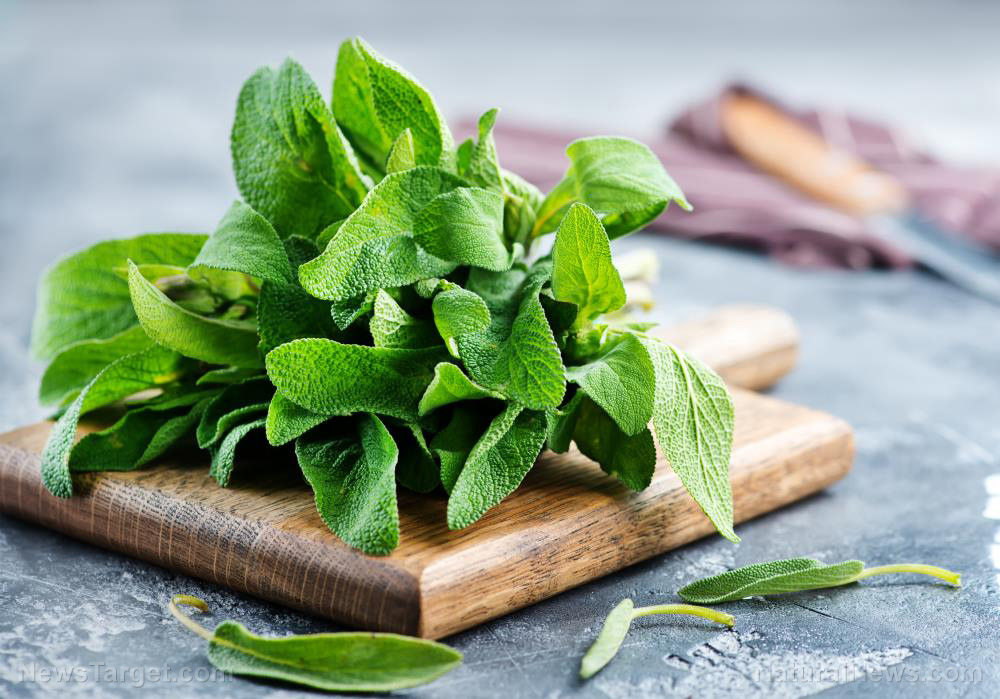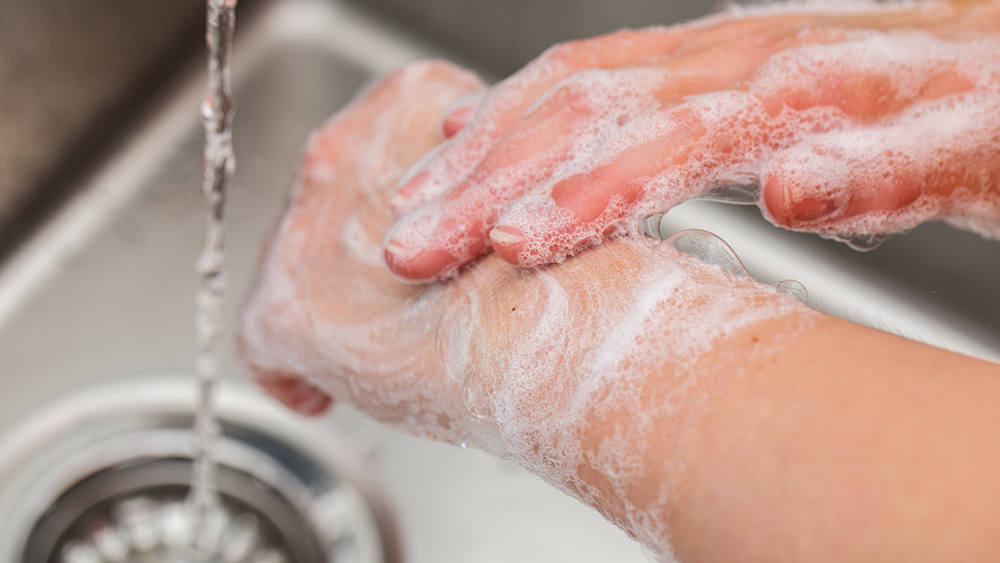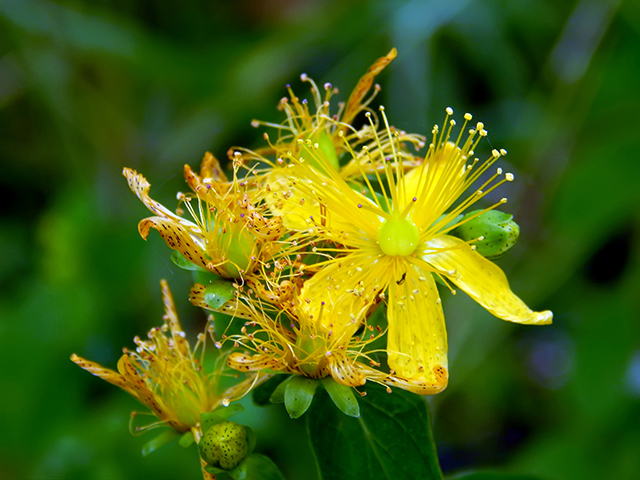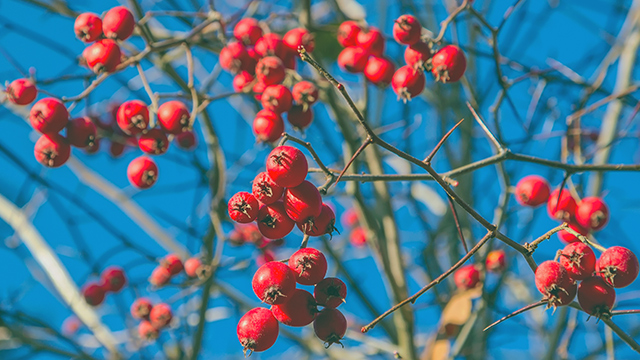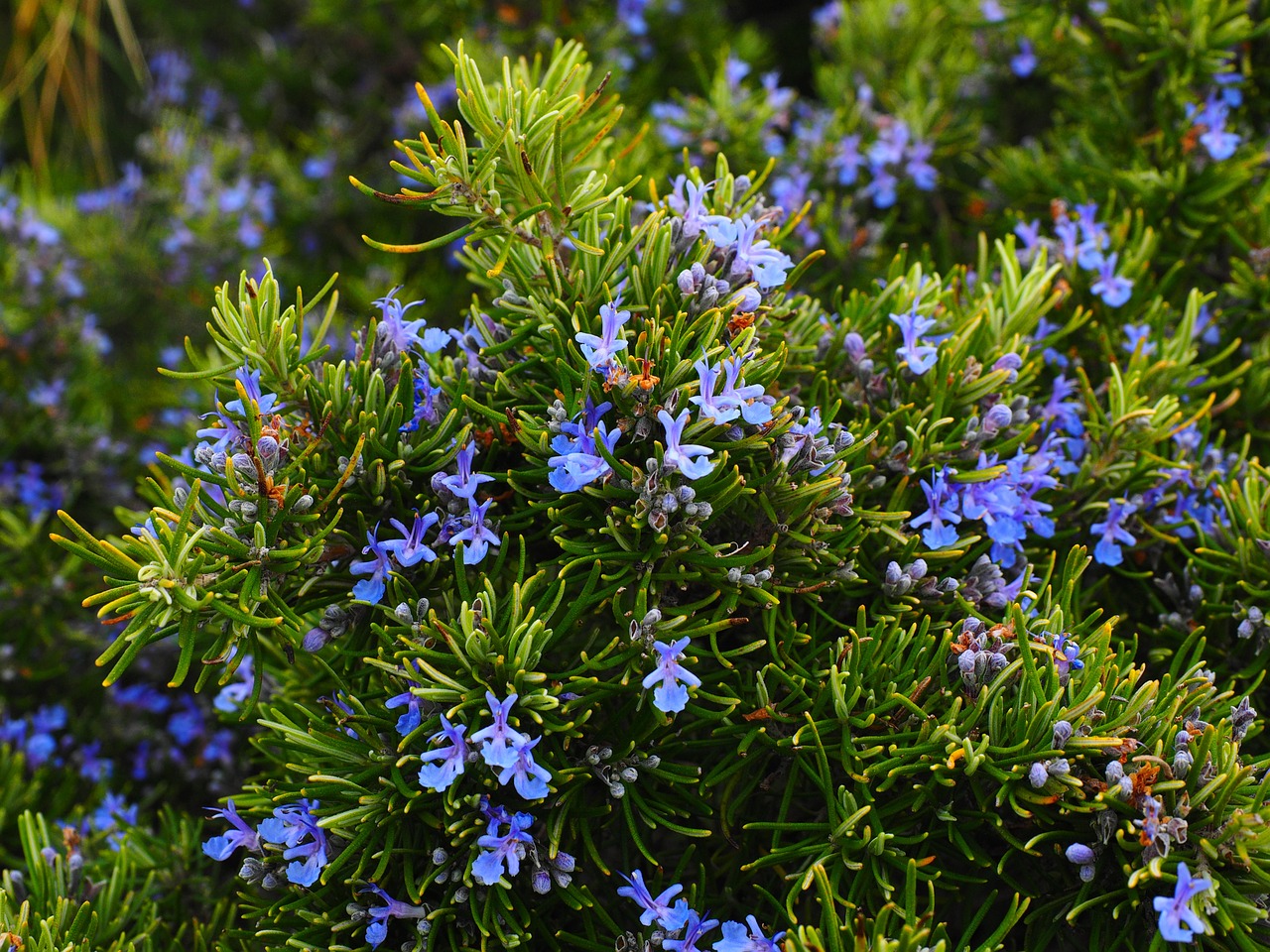Natural remedies: How to use wormwood to boost your immune health during flu season
10/26/2022 / By Zoey Sky

The holidays are right around the corner, but so is flu season. If you want to boost your immune health naturally, try wormwood and moxibustion.
Traditional Chinese Medicine (TCM), acupuncture and moxibustion have been practiced since ancient times. Practitioners use these three natural methods to help prevent illnesses and promote overall wellness.
A healthy body functions properly when it is balanced in all channels. But what does that mean?
In acupuncture, the human body consists of meridians, acupoints, channels, qi (chi) and blood. All five elements affect each other and your internal system.
Using Chinese herbs is similar to using Western health supplements. The herbs help you stay healthy and protect against diseases by boosting the efficacy of your internal system, making sure that your body is in optimal condition.
But when you’re already sick, TCM becomes a holistic remedy to cure physical and internal imbalance, blockage and malfunction, like Western medication given by your doctor.
But unlike most Western medicinal practices that are artificial and mass-produced by pharmaceutical companies, Chinese herbs are 100 percent natural. Additionally, these natural herbs are less likely to cause negative side effects.
One of the most commonly used traditional Chinese medicine is wormwood (Artemisia vulgaris). Considered a weed in the U.S., this medicinal herb can grow up to six feet.
The plant bears yellow or reddish-brown flowers in the summer. Wormwood leaves have a silvery fuzz on their underside and it has a sage-like smell and slightly bitter taste.
Wormwood is also called felon herb, sailor’s tobacco, St. John’s plant, mugwort and moxa.
Chinese herbalists use wormwood to treat gastrointestinal issues like indigestion and irregular menstruation because the herb stimulates the uterus. It is also often used as a natural remedy for liver and gallbladder issues. (Related: 7 Health benefits of elderberry, a superfood that can boost your immune system.)
Wormwood grows above the ground and its roots are used for medicinal purposes.
As moxa plants have a warming effect, they enhance healing when used along with acupuncture and moxibustion. Moxa helps boost your immune system, heats meridians and disperses cold chi.
The heat stimulates unblocking of channels, qi, or blood. It also helps restore balance and health. This is why wormwood is a popular and effective herb often used to treat diseases, partially during the cold seasons.
Moxa plants are crunched and molded into cones or sticks for moxibustion, which are then burned. Burnt wormwood in either form is used in direct or indirect moxibustion.
Moxibustion using dried moxa from wormwood leaves
Moxibustion is a heat therapy that uses dried moxa that is then burned on or very close to the surface of your skin. When lit, wormwood invigorates and unblocks the flow of chi and blood in your body and dispels pathogenic substances to promote healing.
Both moxa cones and sticks are made of dried wormwood leaves.
Experienced TCM practitioners perform direct moxibustion by applying moxa cones directly resting on the skin, depending on the particular area that requires treatment.
In indirect moxibustion, an acupuncturist burns a moxa stick and holds it at a distance above the body surface to warm the area being treated.
The practitioner may also place the moxa on acupuncture needles to heat them. After the leaves are burnt and extinguished, the heat of the moxa transfers onto the acupuncture needles.
A beginner’s guide to DIY moxibustion
If you live in a country where moxibustion acupuncture isn’t as common, you can do it yourself in a safe environment.
Tips for choosing wormwood/moxa sticks
Moxa or wormwood sticks used for moxibustion therapy are dried wormwood leaves crunched and rolled into sticks. Look for good quality moxa based on several factors, like appearance and touch.
The texture of good quality wormwood is soft and winding but not sticky. Meanwhile, poor-quality moxa is scratchy, uneven, rough to the touch and ashy.
Good quality wormwood is solid yellowish-green in color in a tight bunch.
The older the wormwood, the better the quality. The golden standard of aged moxa is three years or longer.
Tips for choosing moxibustion equipment
Freehand moxibustion therapy is better for beginners because during a longer session, the person performing the moxibustion might be unable to keep their hands steady.
This is why more straightforward equipment is preferred. This makes the equipment easier to maneuver and it also helps prevent accidental burns.
Here are some common moxibustion devices:
Gourd moxibustion mallet
Gourd moxibustion mallets are best for performing moxibustion on the limbs. They look similar to wooden smoking pipes.
You can insert the moxa strip directly into the gourd mallet. The bottom structure has an iron screen window to prevent ash from falling onto the body of the patient.
The material which touches the skin’s surface is rubber, so it is less likely to burn the patient. During the session, you can adjust the height of the moxibustion regularly to keep the temperature and effect consistent.
Round compact moxibustion device
A round compact moxibustion device is best used for treating limbs and the abdomen. This small device comes with an elastic band that can be attached to where the treatment is being targeted.
After being lit, insert the short moxibustion strip onto the metal rod in the box. Once the lid is closed, use the vent to control the size of the flame.
If the moxibustion box is too hot, place the box inside the original sleeve before stabilizing onto the limbs of the patient to avoid burns.
Since the device is compact, the session will be shorter compared to when using other devices.
Wooden moxibustion box
A wooden moxibustion box is best for the abdomen and back. The elastic band of the box stabilizes the positions where the moxibustion is performed.
Once lit, stabilize the strip in the box. The bottom of the box has an iron screen to keep the burning strip working. The ash from the strip is harmless.
During the session, you can regularly adjust the strip’s height to achieve a consistent temperature. A sizable moxibustion device with a long moxa strip can burn for at least 30 minutes.
Flame-out plug
Since wormwood is inflammable, it is hard to notice if the flame is not properly put out after use. You need a flame-out plug to extinguish the flame safely after moxibustion treatment.
This is why after moxibustion, you need to put the strip inside the plug each time to prevent accidents. Flame-out plugs are usually made with either wood or metal that are both safe to use.
If you’re a beginner, should you perform moxibustion with bare hands or with equipment?
The answer depends on several factors for beginners who would like to try self-moxibustion.
Effectivity
It is best to use your bare hands for a moxibustion session since you can quickly and easily adjust the height of the strip. The results are also more impactful if using the sparrow pecking moxibustion technique.
The treatment can initially last for only seven to 10 minutes and extended to half an hour after the meridian channels are unblocked in later sessions. Use a moxibustion box for effective moxibustion maintenance.
Convenience
Moxibustion care should be maintained over an extended period of time. Do it two to three times a week or daily, if possible.
If you require another person’s help, it may reduce the “doability” and results of the treatment. Use a simple and convenient moxibustion device so you are more likely to keep up with the treatment to boost your immune health.
Beginners should try using a moxibustion box or gourd moxibustion and mallet. Try to increase the frequency of treatment with moxibustion.
The scent and the smoke produced by burning the moxa sticks are also part of the medicinal treatment. Note that the therapeutic effect will decrease if you use carbonized or smokeless moxa sticks.
Moxibustion don’ts
Keep these tips in mind to ensure the success of your treatments:
Don’t get burnt
During moxibustion, keep an eye on how close you put the stick to the patient’s skin. The temperature should be warm but comfortable.
If it becomes too hot, adjust the height of the maxima stick immediately to avoid blistering.
Don’t use moxa sticks on wounds
People with dermatologic diseases, injuries, pus, or ulcers should avoid moxibustion.
Don’t perform moxibustion on children
Children’s skin is more delicate than adults and their energy is more active.
They may have trouble staying still during treatment so don’t perform moxibustion on children to prevent accidental burns.
Don’t perform moxibustion on pregnant women
Moxibustion is generally not recommended during pregnancy. You can also talk to a trusted doctor for further assessment and advice.
Don’t treat people with eating disorders, fatigue or alcoholism
Patients who overeat, are overworked, consume too much alcohol or are too exhausted mentally and psychically might not reap the benefits of a moxibustion treatment.
Never leave flames unattended
Since moxa sticks tend to burn dimly, it’s easy to forget to put out the flames properly with the flame-out plug. Once you are done with each session, always extinguish the burning stick’s flame entirely.
Boost your immune health naturally with wormwood and moxibustion.
Watch the video below to know more about the uses and health benefits of wormwood.
This video is from the Holistic Herbalist channel on Brighteon.com.
More related stories:
Wormwood is a natural remedy for treating intestinal parasites.
Put a stop to golden staph infections with Indian wormwood essential oil.
Researchers examine the antibacterial activity of Indian wormwood vs. 9 pathogenic strains.
Sources include:
Submit a correction >>
Tagged Under:
alternative medicine, Chinese medicine, Flu, flu remedy, herbal medicine, Herbs, immune system, moxa, moxa sticks, moxibustion, mugwort, natural cures, natural health, natural medicine, prevention, remedies, TCM, tips, Wormwood
This article may contain statements that reflect the opinion of the author
RECENT NEWS & ARTICLES
PlantMedicine.News is a fact-based public education website published by Plant Medicine News Features, LLC.
All content copyright © 2018 by Plant Medicine News Features, LLC.
Contact Us with Tips or Corrections
All trademarks, registered trademarks and servicemarks mentioned on this site are the property of their respective owners.

